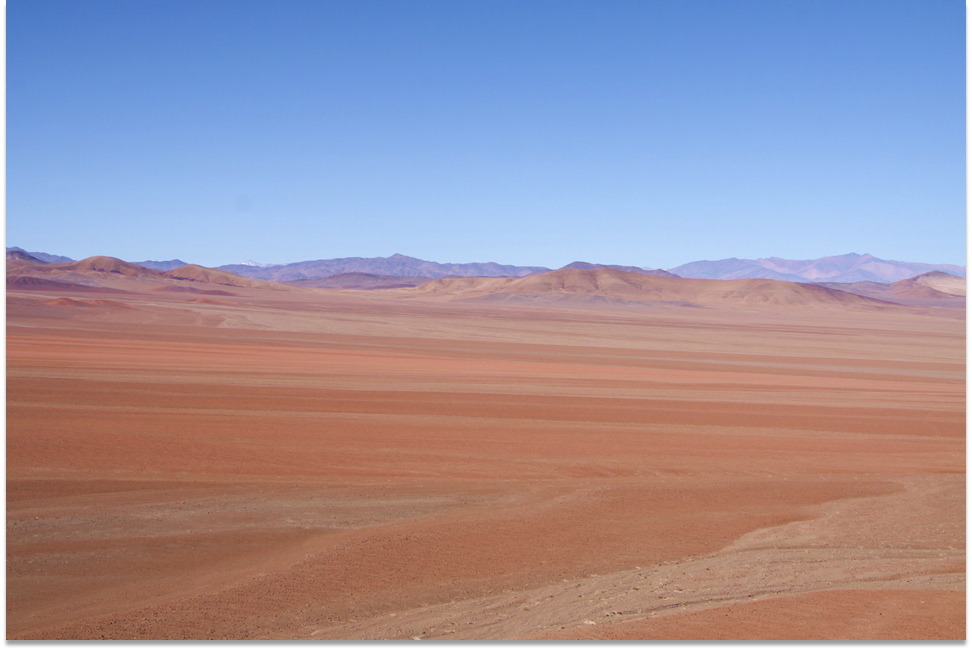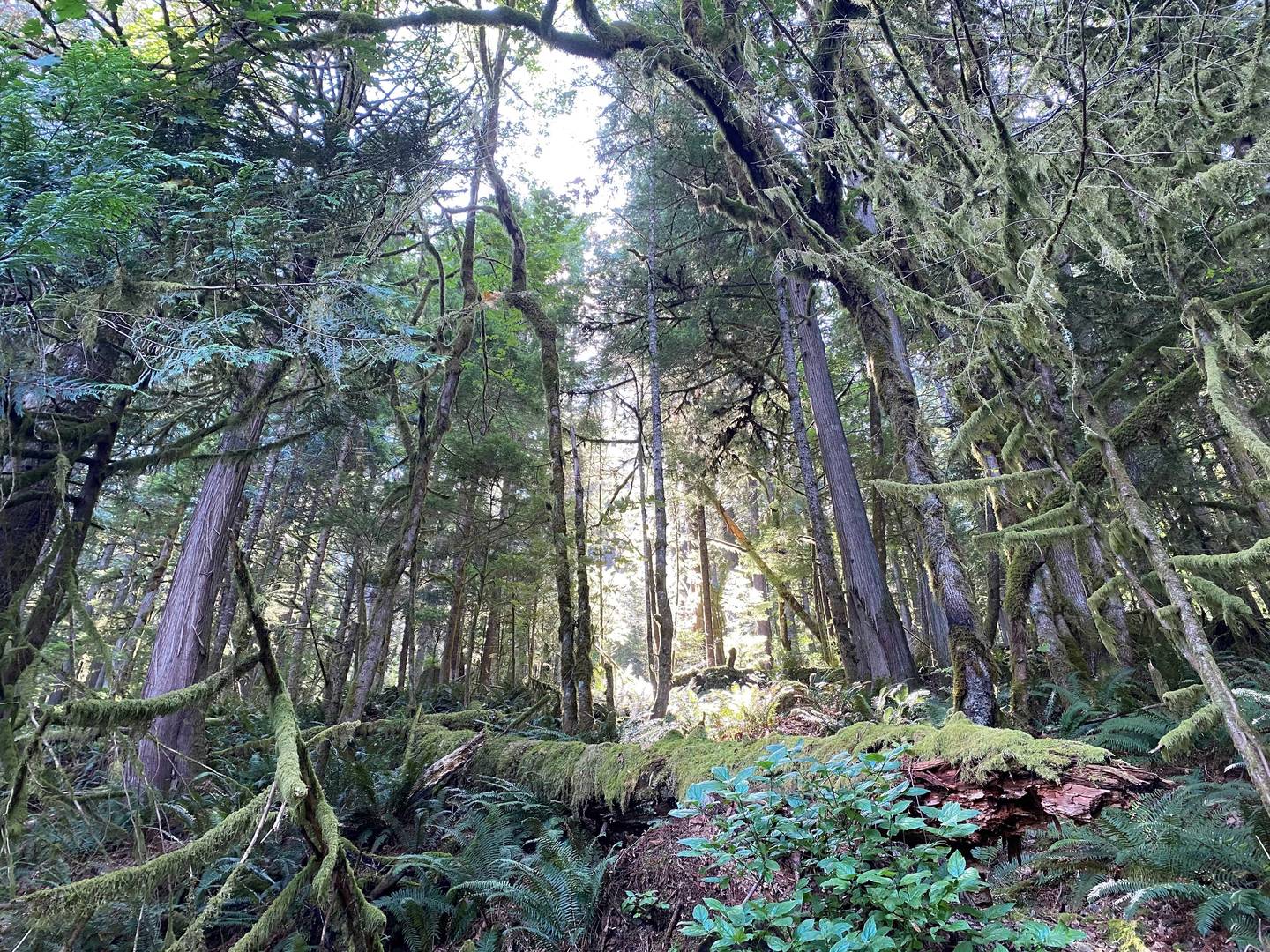Partial leach geochemistry
Ionic Leach™ is an ALS proprietary partial leach technology that has been developed to extend the reach of geochemical exploration into areas that have been blanketed by post-mineralisation cover. This cover is typically transported, though well-developed residual cover sequences can also be suitable candidates. Soil and sediments are the media used for Ionic Leach™ surveys. Partial leaches such as Ionic Leach™ operate by separating and examining only a part of the chemical composition of the whole sample. Because chemical, rather than physical transport is typically responsible for "adding" a mineralisation signal from depth to exotic cover, clever formulation of leach chemistry can be used extract this signal off the exotic cover substrate, into solution where it can be analysed. Ionic Leach™ is a chemical approach to excluding parts of a surface sample that dilute the signal that mineral explorers seek.
Orientating Ionic Leach™ surveys
Often, geochemical surveys can benefit from orientation work done before the main survey, and this is particularly true for partial leach approaches such as Ionic Leach™. Orientation should include examining the types and characteristics of regolith that are found across a survey area. A general rule of thumb being that the thicker a cover sequence is, the harder it will be to get a reliable geochemical signal all the way through to the surface from a mineralisation source at depth. Collection of some representative samples can allow comparison of Ionic Leach™ responses to those from more conventional and aggressive sample digestions to help gauge the suitability of Ionic Leach™ to a particular project.
Preparation of Ionic Leach™ samples
Because the chemically transported mineralisation signal is often very weak (low element concentrations) relative to that from the exotic cover substrate from which it is leached, careful sampling is required. Furthermore, ultra-sensitive instrumental analysis is required to support the leach by offering the low detection limits that are required. It is important that samples collected for Ionic Leach™ are not prepared by sieving or drying. Drying in particular can change the bonds of the weakly bound ions which can impact their dissolution. As the detection limits of the method are so low, sieving is also not recommended. Ideally, samples should be submitted double-bagged in plastic to prevent drying, and have large rocks and twigs removed by hand at the time of collection. An advantage of minimal preparation is the reduced risk of sample contamination. Please contact ALS for more specific information on sample collection protocols associated with field collection of samples for Ionic Leach™.
ME-MS23™
A static sodium cyanide leach using chelating agents, with the leachant buffered at an alkaline pH of 8.5.
 Search
Search
 English
English
 Login
Login


























































